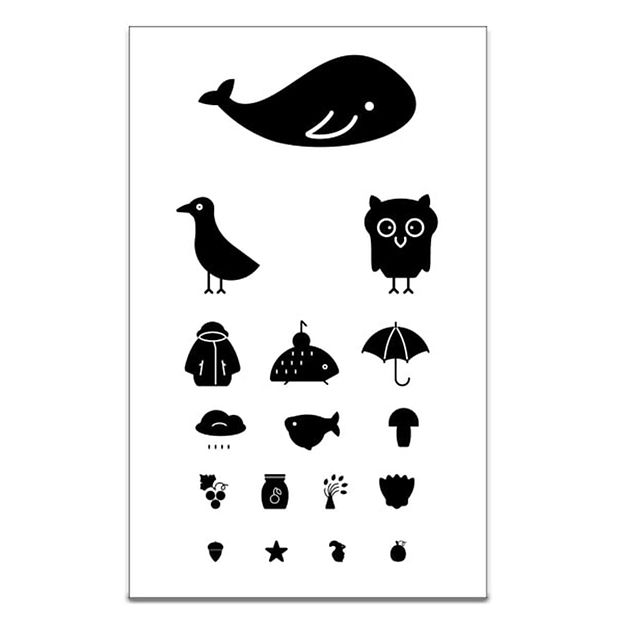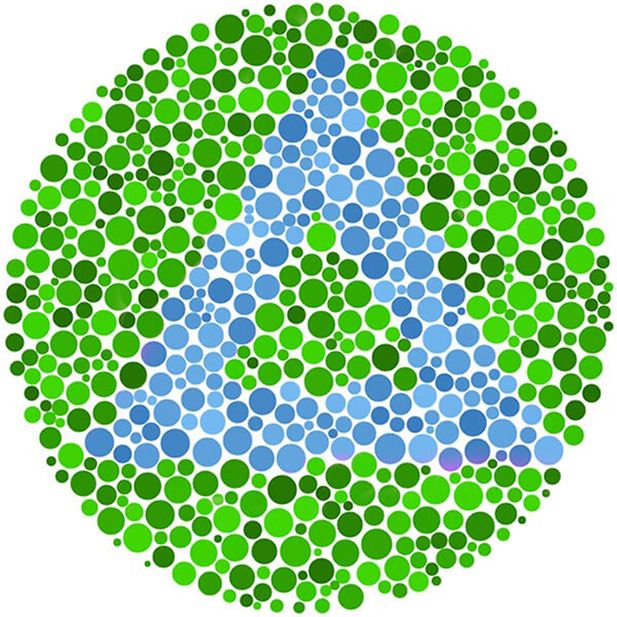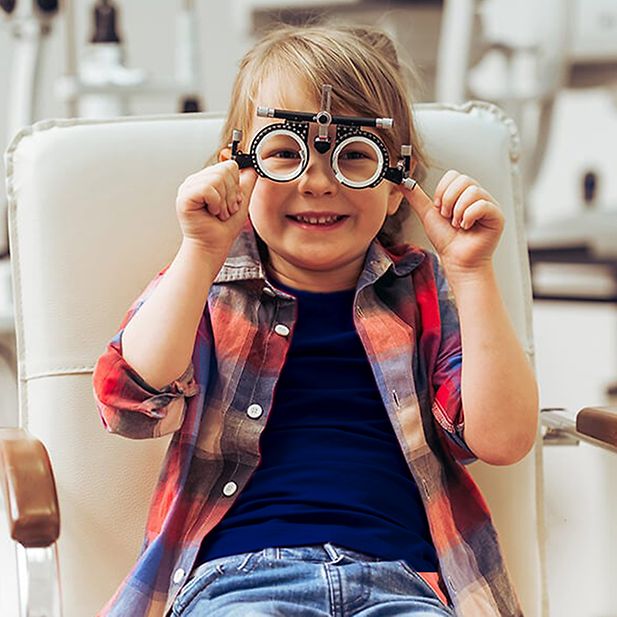Your child's health is precious and so is their eyesight. As they're getting to know colours, shapes and everything tat surrounds them, it's good to make sure their eyes are performing at their best, to help them discover the world. That's why it is so important to get into the routine of regular eye tests (every 2 years) from early on.
Black Friday sale 8% off
What to expect from a kids eye test

What happens during a kids eye test?
Children's eye tests are a bit like an adult's, although the needs of children differ. Though all eye tests may vary, depending on individual needs and health, a standard child eye test will usually consist of the following:
A pupil reflex test (mainly for early years)
The pupil test is mostly carried out for babies. the doctor will point a shining light into your baby's eyes to see how their pupils react to light.
Snellen and LogMAR charts
The name might sound complicated but it's simply a kid's version of the well known letters test. If the child is too young to be at the stage of reading letters, easily identifiable pictures or symbols will be used instead. Such as a: bunny, flower, house, anything your kid will easily recognize.
An eye test can sometimes feel intimidating for a child and they may liken it to an experience similar to visiting a doctor or a dentist. Using pictures and symbols can be a way to make the eye test a bit more fun and lighthearted. Your child will also be asked to say what he or she sees on the board to allow the doctor to check their eyesight is at its best. The good thing you can do in this situation is to remind your child that there is no right or wrong answer.

Colour vision deficiency test
The colour vision deficiency test is used to identify colour blindness. This is a very common part of the test and a simple task where the child will be asked to say which number or symbol they see on an image made up of different coloured dots.
Range of movements and Refraction test
The doctor will also examine your child's eye muscles to perform a range of movements test. This part consists of showing the kid an object from 8 different angles: up, down, left, right, and halfway between.
A refraction test is designed to determine if your child would benefit from glasses. They will be asked to look at a light with different lenses on their eyes and asked if the lenses help them see better. Before they are given the lenses, they may also be asked to apply eye drops. This will help widen the pupil and will allow the optometrist to see the back of the eye better.

When should a child have an eye test?
The first eye test is conducted very early on, during the first baby health check. However, the first full eye test exam, as detailed above, generally happens when the child is around 4 years old. The screening is usually conducted at the start of school but it might not be the case everywhere. If your child has not been given an eye test through their school, we would highly recommend you book them an appointment at your local optician, and begin an eye test routine. It's good to start this practice early and follow-up every two years, to best monitor your child's eye health over time.
Signs that your child would benefit from an eye test
Beside a child’s age, there are other factors to take in consideration to take your child to the eye doctor. These clues are easy to spot:
Their eyes are not pointing in the same direction.
They complain about headaches or eye strain.
They always need to be very close to the TV or the book they’re reading.
You noticed they have trouble coordinating their movements.
They are unusually clumsy.
They are always rubbing their eyes.

Kids eye conditions
Just like for adults, an eye condition can appear so gradually that it goes unnoticed for a long time. That’s why it’s so important to take a regular eye test. However, some small signs can sometimes show that your child does need an eye exam. Making sure our eyesight and eye health is at its best is extremely important, especially for a child. The way they see the world can affect everything, how they perform at school, in sports and how they feel about themselves.
Eye conditions kids may experience are:
Childhood cataract - when your child’s vision is poor and has cloudy patches.
Lazy eye - when the vision of one eye doesn’t develop as it should.
Strabismus - when the eyes look in different directions.
Myopia - when the child has trouble seeing distant objects.
Hyperopia - when the child has trouble seeing nearby objects.
Astigmatism - when the eye is not perfectly curved.
Colour blindness - when the child has difficulty perceiving colours or distinguishing them from one another.

How to make the eye test run smoothly for your child
Getting an eye test for the first time, like every other medical exam, can be quite overwhelming and emotional. Especially for a young person. Here are some tips we have put together to help things run a little more gently:
You're allowed to stay with your child throughout the test if they feel more comfortable having you in the room with them.
Remind them there is no right or wrong answer, encourage them to be honest and open.
If your child is unsure of what they are being asked, just ask the optometrist to re- describe all the steps.
Explain the above stages to your child before they go for the test, so they know what to expect.